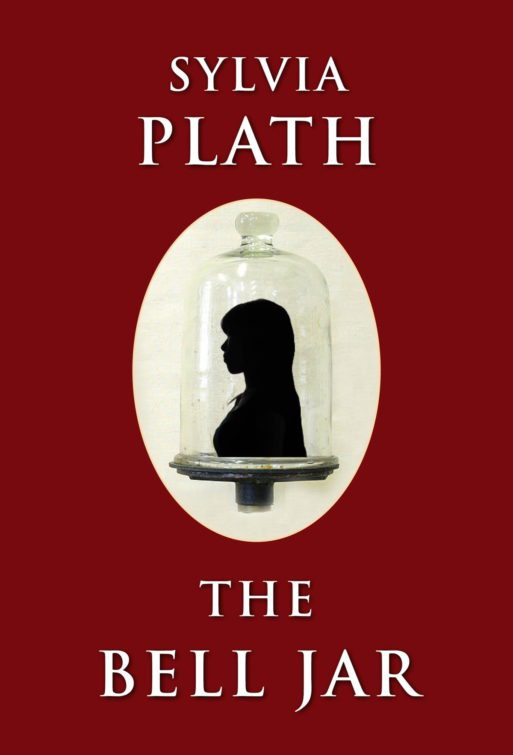 Recently, The Guardian posted a tribute to Sylvia Plath with reflections from writers such as Jennifer Egan and Lena Dunham. Published fifty years ago, Sylvia Plath createdin The Bell Jar a surprisingly relatable suicidal character that navigates womanhood in 1950’s America. While Esther Greenwood comes across as an unreliable narrator by most standards, she also taps into some truths about the contradictory nature of the societal norms for women during this time and society’s overarching refusal to confront death. Plath does a brilliant job of getting her character’s feelings across—most likely due to the fact that the story resembles her own so closely. Drawing upon her own experiences, Plath invents a voice that convinces the reader to value her character’s emotions while she wrenches between feelings of insecurity, apathy and confusion about death.
Recently, The Guardian posted a tribute to Sylvia Plath with reflections from writers such as Jennifer Egan and Lena Dunham. Published fifty years ago, Sylvia Plath createdin The Bell Jar a surprisingly relatable suicidal character that navigates womanhood in 1950’s America. While Esther Greenwood comes across as an unreliable narrator by most standards, she also taps into some truths about the contradictory nature of the societal norms for women during this time and society’s overarching refusal to confront death. Plath does a brilliant job of getting her character’s feelings across—most likely due to the fact that the story resembles her own so closely. Drawing upon her own experiences, Plath invents a voice that convinces the reader to value her character’s emotions while she wrenches between feelings of insecurity, apathy and confusion about death.
“It was a queer, sultry summer, the summer they electrocuted the Rosenbergs, and I didn’t know what I was doing in New York… It had nothing to do with me, but I couldn’t help wondering what it would be like, being burned all along your nerves.”
The novel begins with Esther saying, “It was a queer, sultry summer, the summer they electrocuted the Rosenbergs, and I didn’t know what I was doing in New York… It had nothing to do with me, but I couldn’t help wondering what it would be like, being burned alive all along your nerves.” This cultural event frames her experience and sets the morbid, curious frame of mind that will direct the rest of the book; and the electrocution, of course, relates to the shock treatment she will receive for her depression later in the novel. More than anything, Esther is confused and curious about the end-of-life experience but is punished severely for vocalizing her own questions. Instead of finding comfort from her therapists, they seem to perpetuate her shame for speaking of the subject at all. While the Rosenberg trial reflects the repressive nature of her era directly, her personal story reflects society’s repressive attitude toward death with more subtlety.
“More than anything, Esther is confused and curious about the end-of-life experience but is punished severely for vocalizing her own questions. “
The combination of time-specific social pressures and the timeless search for answers make for a narrative that transcends the surface story of a young girl going through a mental breakdown. Hopefully, by learning about the past and focusing on the future, more people will feel comfortable voicing their fears, questions and emotions about the end-of-life experience. Do you think our attitude toward death has significantly changed in the last fifty years?
Related Articles:

 “The Bell Jar” by Sylvia Plath
“The Bell Jar” by Sylvia Plath



 “Songbird” by Fleetwood Mac
“Songbird” by Fleetwood Mac
 First the Wealth Gap, Now the U.S. Has a Growing Health Gap
First the Wealth Gap, Now the U.S. Has a Growing Health Gap
 How to Comfort A Dying Loved One
How to Comfort A Dying Loved One














